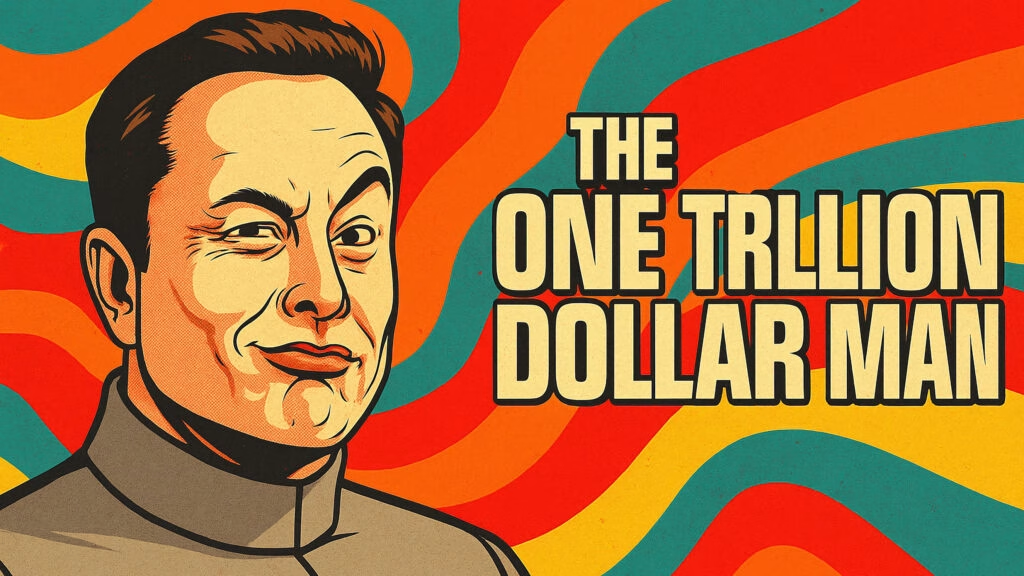What Does Elon Musk’s 2025 Tesla CEO Award Actually Mean?
Elon Musk’s latest compensation package from Tesla isn’t just another headline-grabbing payday. It’s a moonshot, even by his standards. The board has set the bar sky-high: if Musk wants to unlock the full value—potentially over $1 trillion—he’ll need to lead Tesla to an $8.5 trillion market cap by 2035, deliver $400 billion in annual EBITDA, and put a million robotaxis plus a million AI bots into the real world. That’s not just ambitious. It’s historic.
How Realistic Are Tesla’s $8.5 Trillion and Robotaxi Goals?
Let’s put that $8.5 trillion figure in perspective. As of early 2024, Tesla’s market cap hovers just above $1 trillion. For comparison, Apple, the world’s most valuable company, sits around $3 trillion. To hit Tesla’s target, the company would need to nearly triple Apple’s current value in just over a decade. That’s a tall order, especially in a market where tech giants are already facing regulatory scrutiny and slowing growth.
But the market cap is only part of the equation. The operational targets—1 million robotaxis and 1 million Optimus AI bots—are equally daunting. As of now, fully autonomous vehicles still require a safety driver, and regulatory approval for widespread deployment remains a work in progress. According to a 2023 McKinsey report, even optimistic forecasts suggest that true, driverless robotaxi fleets may not reach significant scale until late this decade, if not later.
The Optimus AI bot goal is no less audacious. While Tesla has shown prototypes, mass-producing a million functional, commercially viable humanoid robots would require breakthroughs in robotics, AI, and manufacturing that simply don’t exist at scale today. It’s not impossible, but it’s a leap.
What’s Actually Required for Musk to Get Paid?
This isn’t a quick win for Musk. The award is split into 12 tranches, with the first unlocking at a $2 trillion valuation and each subsequent tranche requiring another $500 billion (with the last two at $1 trillion each). And there’s a catch: Musk must stay at Tesla for up to 10 years before any shares vest. If he leaves early or misses the targets, the payout evaporates.
The financial hurdle—$400 billion in annual EBITDA—is another Everest. For context, in 2023, Tesla’s adjusted EBITDA was under $30 billion. To reach $400 billion, Tesla would need to outpace the combined profitability of today’s top automakers and tech firms. That means not just selling more cars, but dominating new markets like autonomous ride-hailing, robotics, and AI services.
Is This Just Another Overpromise, or a Real Bet on the Future?
Musk is famous for bold predictions that often arrive late, if at all. Remember the original Full Self-Driving timeline? Or the promise of a million robotaxis by 2020? Yet, he’s also delivered on things that once seemed impossible—like reusable rockets and the global expansion of electric vehicles.
The structure of this award is different, though. Tesla’s board is betting that Musk’s presence is essential for these moonshot goals. They’ve tied his compensation to long-term performance and retention. In other words, he can’t just hit a target and walk away with the prize. He has to stick around and see it through.
What’s at Stake for Tesla and Its Investors?
For Tesla, this package is both a motivator and a risk. On one hand, it aligns Musk’s interests with those of long-term shareholders. If he wins, they win big. On the other, it concentrates even more power in the hands of a single, sometimes unpredictable leader. Some investors worry about governance and whether such a massive payday is justified, especially if the targets prove out of reach.
Yet, there’s a logic to the gamble. If Tesla does become the first $8.5 trillion company, it will have fundamentally changed transportation, robotics, and AI. The upside for investors would dwarf any concerns about executive pay.
Why the Next Decade Will Be a Defining Test
Ultimately, this compensation plan is a referendum on Musk’s vision. Can he turn Tesla into a company that not only leads in electric vehicles, but also dominates autonomy and robotics? Can he deliver on timelines that have historically slipped? And can he keep the faith of investors and regulators along the way?
The big takeaway? Musk’s new award isn’t about perfection—it’s about smarter, bolder bets. If Tesla can even get halfway to these goals, the impact on technology, business, and society will be profound. Start watching the milestones now, and you’ll likely spot the difference by the end of the decade.

